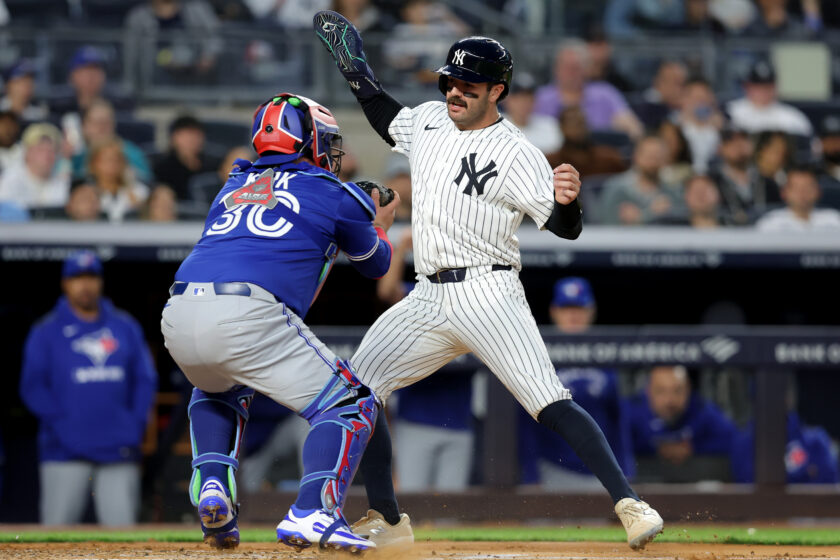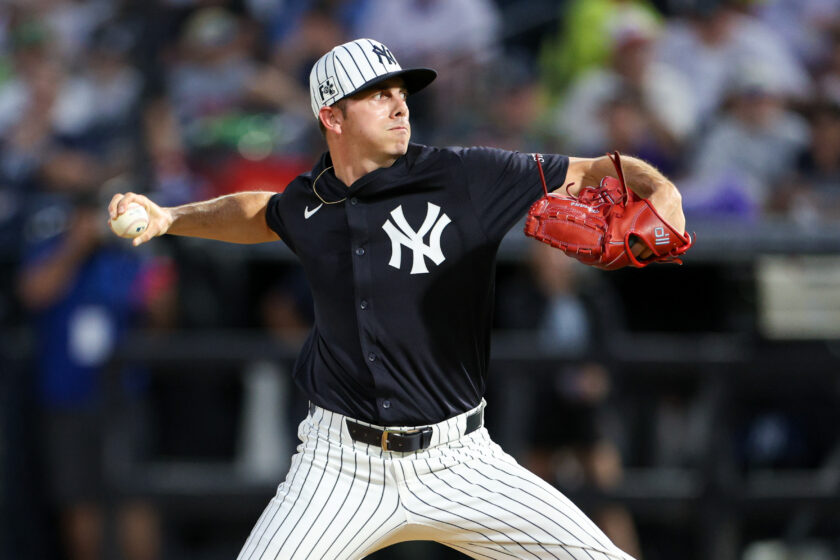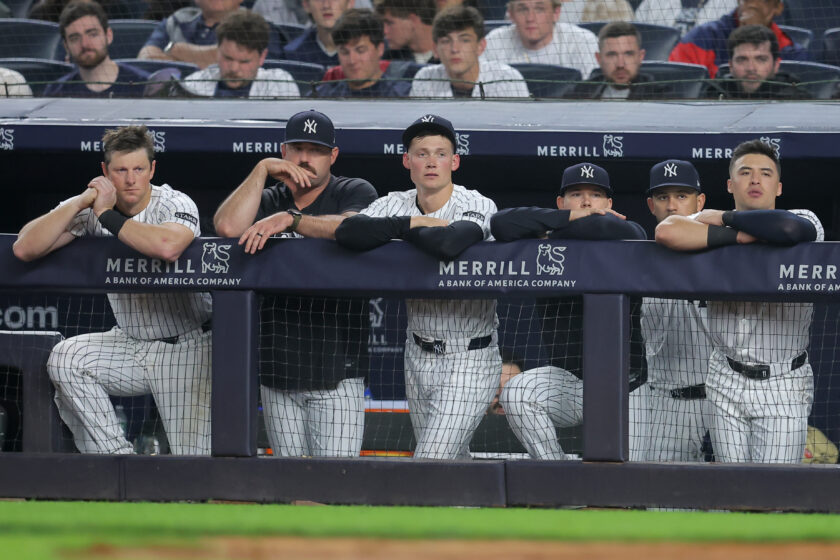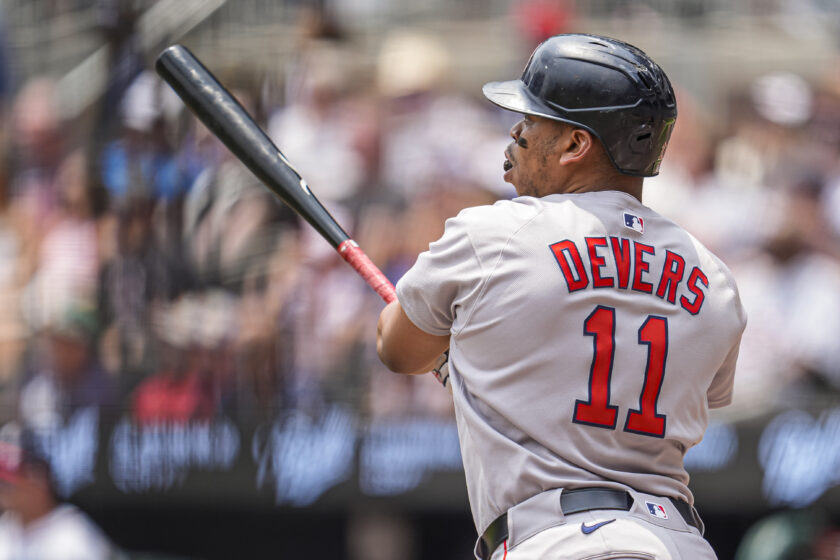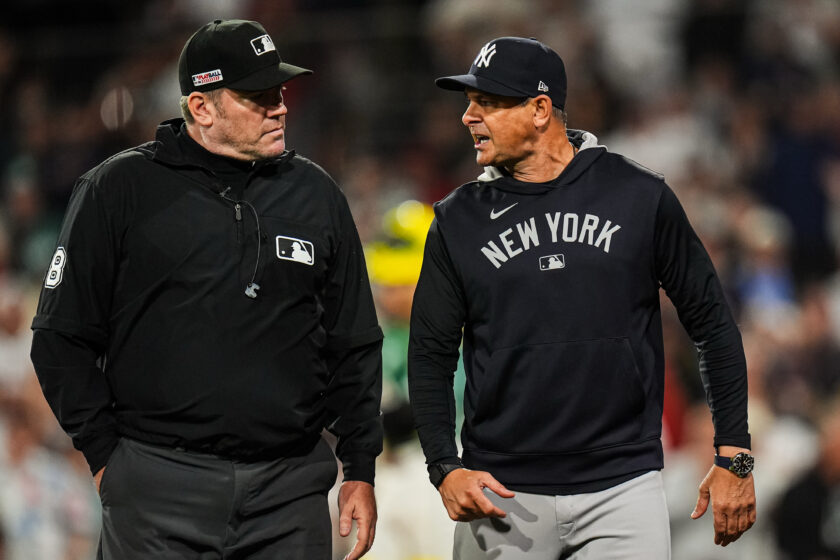New York Yankees: Don’t expect much for Sonny Gray
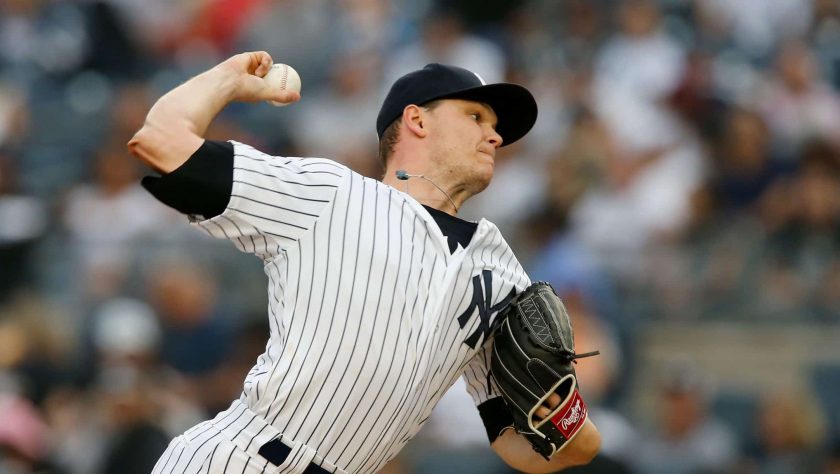
Brian Cashman appears committed to trading Sonny Gray this winter. The New York Yankees should not expect much in return.
[sc name=”Josh Benjamin Banner”]New York Yankees general manager Brian Cashman spoke to the press on Friday and one of the highlights wasn’t exactly a shock. When asked about right-hander Sonny Gray, who struggled mightily in 2018, Cashman all but confirmed a trade would be pursued.
Yankees are open-minded to trading Sonny Gray, says Brian Cashman. pic.twitter.com/CbezfLuhRQ
— YES Network (@YESNetwork) October 12, 2018
The 28-year-old Gray’s first full season in New York was, in a word, a bust. He went 11-9 with a 4.90 ERA in 30 games (23 starts), beginning the year as a starter before his struggles saw him banished to the bullpen. The crafty control pitcher New York thought they acquired from the Oakland Athletics last year was gone. Instead, Gray struggled with command and location all season long while earning a cool $6.5 million.
The good news for Cashman is Gray has one year of arbitration left. That means teams in desperate need of a starter could be willing to offer prospects.
The bad news is with all of Gray’s struggles, which I covered here, New York should not expect much in a return package.
[sc name=”Yankees Title” text=”The offered product” ]What went wrong with Sonny Gray in 2018? Well, from a statistical standpoint, it’s simple. Decreased use of his fastball and the sudden introduction of a cutter caused a jump in hard contact (28 percent to 35.5 percent) as well as a slight increase in walks. According to Fangraphs, 2018 marked the first time Gray used the cutter since 2016. He only threw it 2.5 percent of the time then, so it’s very possible his struggles in mastering it led to his unproductive season.
Any blame regarding the cutter can be placed on anyone from Gray to pitching coach Larry Rothschild, but that’s irrelevant. The point is if Cashman is set on trading Gray, New York needs more than just a bucket of balls. Sure, that’s probably more than enough, but the Yankees need at least one player coming back. Even if it’s the third-string catcher from a rookie-level squad, that’d be fine.
[sc name=”Yankees Center”] [sc name=”Yankees Title” text=”A set precedent” ]The good news for Cashman is this isn’t the first time he has had to unload an unproductive pitcher. It was just back in 2012, not long before Spring Training, that ineffective A.J. Burnett was traded to the Pittsburgh Pirates after going 34-35 with a 4.79 ERA in three seasons in New York. The Yankees also covered $20 million of the remaining $33 million on Burnett’s deal, that’s how desperate the team was to move him.
And who did the Pirates send to New York? Two prospects in Diego Moreno and Exicardo Cayones. Moreno posted a 5.24 ERA in four games with the Yankees and now plays for Japan’s Hanshin Tigers. Cayones, per his Baseball Reference page, last played in the Los Angeles Angels organization back in 2015.
Let’s also not forget Jaret Wright, who signed a three-year deal with the Yankees ahead of 2005. He won 15 games and posted a 3.28 ERA for the Atlanta Braves the year before, and was the polar opposite in pinstripes. Wright’s effectiveness disappeared and his chronic shoulder problems took over. He posted a 4.99 ERA in two seasons in New York before he was traded to the Baltimore Orioles for reliever Chris Britton. The Yankees also had to cover some of Wright’s remaining salary, and Britton appeared in 26 games for New York over the next two years before being non-tendered.
[sc name=”Yankees Title” text=”Analyzing the market” ]Now, the good news for Cashman is unlike the two deals mentioned above, the Yankees don’t have to worry about covering any salary costs. Gray’s remaining year of arbitration leaves the team free of any financial obligations. Unless a trade takes place after Gray has had an arbitration hearing, New York is not on the hook for anything money-wise.
That said, just as he did with Burnett and Wright, Cashman needs to (and probably does) understand he is in no position to make demands. Any opposing GM worth their salt knows Gray is only being offered because the Yankees know their rotation is better without him. This means not making excessive prospect demands and instead, as was mentioned before, taking as little as a third-string catcher from the deepest depths of the minors if that is indeed the best offer.
There is one goal in this case: find Gray’s trade market and act accordingly. If that means getting hosed, so be it.
[sc name=”Yankees Title” text=”Final Thoughts” ]Look at it this way. New York’s only surefire starters for next year are Luis Severino and Masahiro Tanaka, so the top two rotation spots are covered. Now let’s assume CC Sabathia is re-signed for another year and J.A. Happ also signs a new deal. That leaves one spot remaining, assuming manager Aaron Boone goes with a five-man rotation. Gray just can’t be trusted with that spot right now.
Sonny Gray has had moments of greatness before and nobody can take that away from him. His playoff duel with Justin Verlander in 2013 was a thing of beauty. The saddest part about all this is somewhere inside that struggling pitcher is someone capable of being an ace.

But what are the Yankees supposed to do? Risk that 2018 was a fluke and expect him to be back in top form in 2019? That could easily happen but the team cannot afford to take that chance. The starting rotation is a major weakness and must be improved by any means necessary.
That means moving on from Gray and, perhaps, pursuing Arizona Diamondbacks southpaw Patrick Corbin in free agency. Maybe it means giving top prospect Justus Sheffield a chance, or someone else entirely. The Yankees could tab Slimer from Ghostbusters to replace Gray at this point and the move would be lauded.
It all goes back to what has been said throughout this piece. There is a trade partner for Sonny Gray out there. All Brian Cashman has to do is understand he won’t get much back in return.
[sc name=”Yankees Link Next” link=”https://elitesportsny.com/2018/10/13/new-york-yankees-fans-must-not-panic-over-didi-gregorius/” text=”New York Yankees & Fans Must Not Panic Over Didi Gregorius” ] [sc name=”Yankees Footer”]Josh Benjamin has been a staff writer at ESNY since 2018. He has had opinions about everything, especially the Yankees and Knicks. He co-hosts the “Bleacher Creatures” podcast and is always looking for new pieces of sports history to uncover, usually with a Yankee Tavern chicken parm sub in hand.


